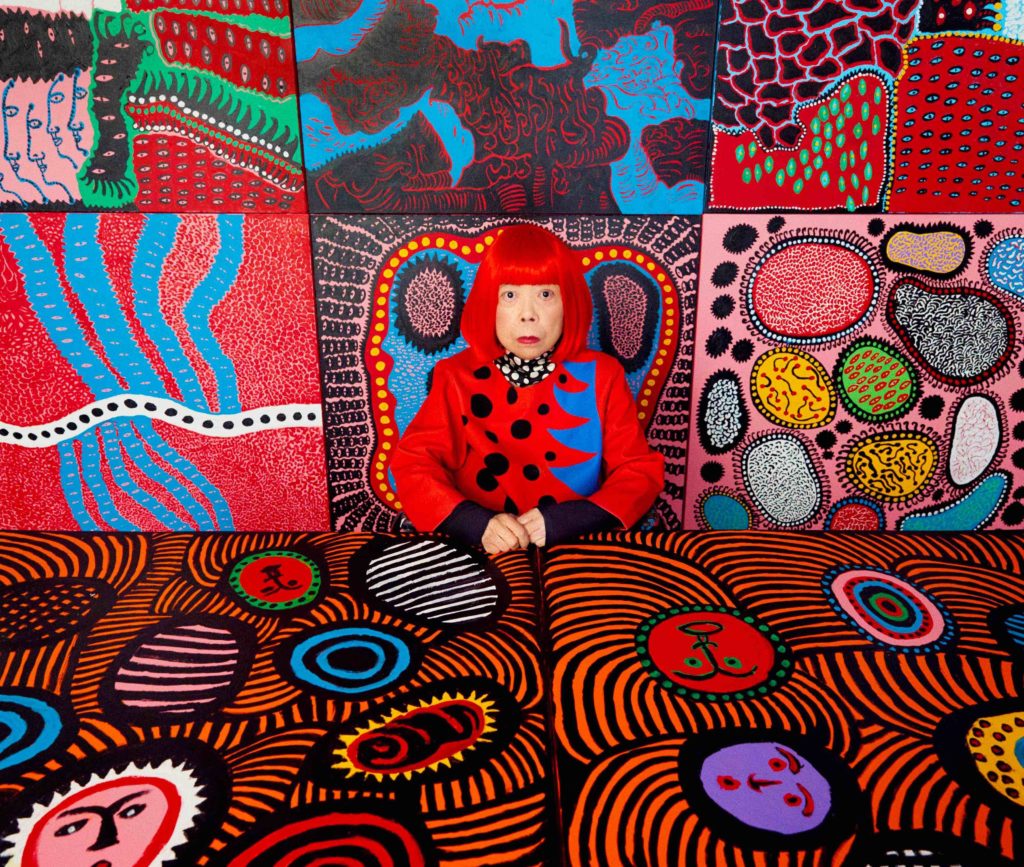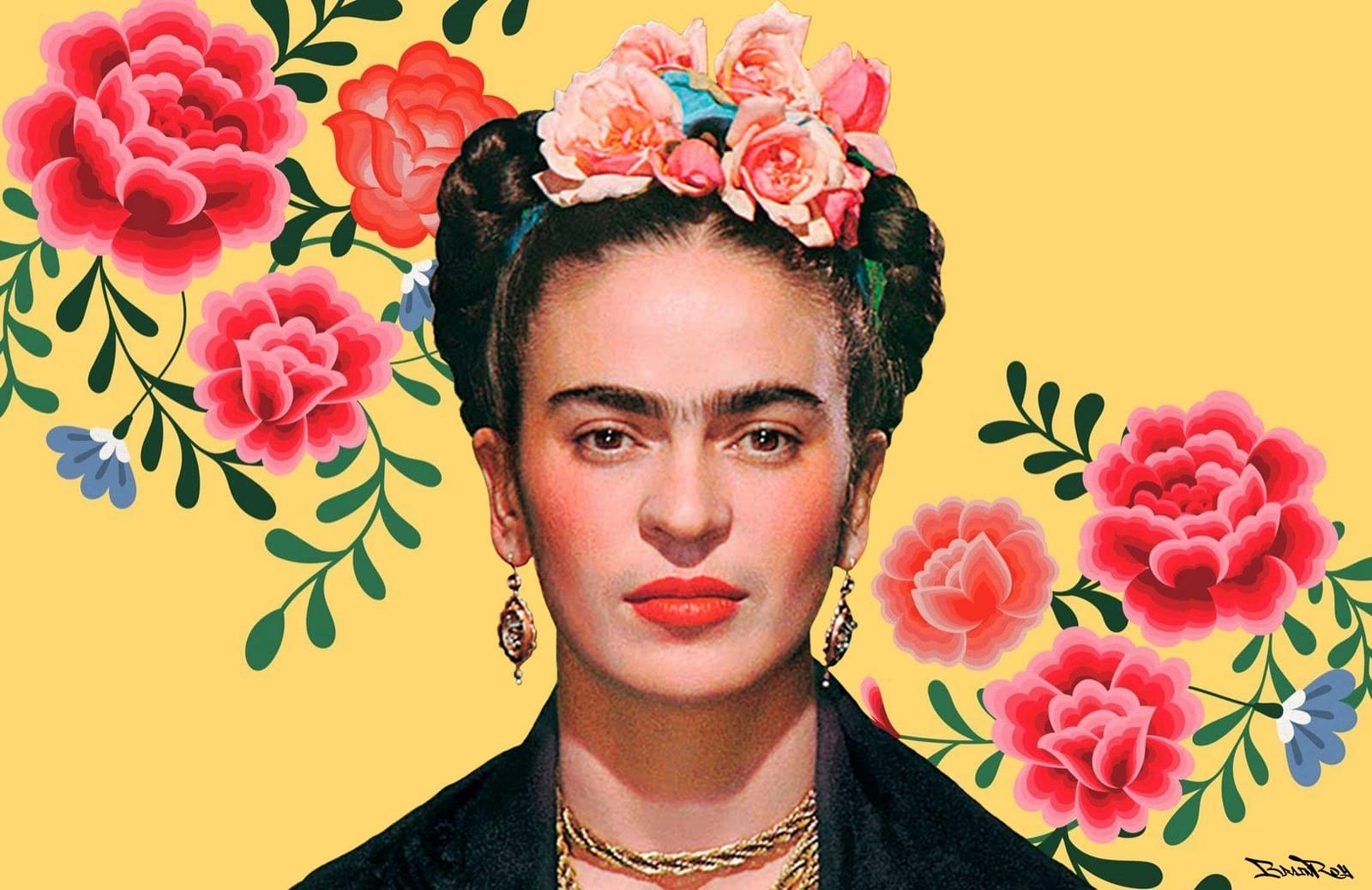
The Middle East has a rich artistic heritage, and in recent decades, artists from the region have gained international recognition for their contributions to contemporary art. These artists often engage with complex issues such as identity, politics, religion, war, and social change. Below is a list of some of the most influential Middle Eastern artists whose work has made a lasting impact on the global art scene.
1. Shirin Neshat (Iran/USA)
- Style: Photography, video, film
- Notable for: Black-and-white photographs and video installations focused on the role of women in Islamic societies
- Themes: Gender, exile, identity, power, politics
- Impact: Neshat’s hauntingly beautiful work explores the intersections of gender and politics in Islamic cultures, particularly in her homeland of Iran. Her powerful video installations, such as Rapture and Turbulent, have earned her global recognition, and her art addresses universal themes of displacement, exile, and the struggle for identity.
2. Mona Hatoum (Lebanon/UK)
- Style: Installation, video, sculpture
- Notable for: Political and poetic installations that explore the body, displacement, and borders
- Themes: Exile, war, identity, memory, borders
- Impact: Hatoum’s work is deeply influenced by her experience as a Palestinian in exile. Her installations often deal with themes of displacement, surveillance, and the body, and her work is known for transforming everyday objects into symbols of political and emotional tension. She is one of the most significant contemporary artists addressing issues of war and exile.
3. Abdulnasser Gharem (Saudi Arabia)
- Style: Conceptual art, installation, performance
- Notable for: Use of bureaucratic symbols and stamps in large-scale installations and performances
- Themes: Bureaucracy, authority, tradition vs. modernity
- Impact: Gharem is one of the most important contemporary artists from Saudi Arabia. His conceptual works critique bureaucracy, authority, and the balance between tradition and modernity in the Arab world. His iconic piece Message/Messenger (a large-scale dome installation) reflects on the role of religion and authority in the Middle East.
4. Marwan Kassab-Bachi (Syria/Germany)
- Style: Expressionism, portraiture
- Notable for: Intense, expressionist portraits, especially his Heads series
- Themes: Identity, human emotion, history
- Impact: Marwan’s deeply expressive portraits are often compared to those of European masters like Rembrandt. His Heads series, in particular, is an exploration of the human condition, combining elements of both European expressionism and Arab visual traditions. He is a pivotal figure in Syrian modern art.
5. Ghada Amer (Egypt/USA)
- Style: Painting, embroidery, installation
- Notable for: Combining embroidery with painting to explore female sexuality and identity
- Themes: Feminism, sexuality, identity, representation
- Impact: Amer’s work challenges traditional notions of gender roles and sexuality, particularly in the context of Arab and Islamic cultures. By blending painting with traditionally “feminine” crafts like embroidery, she addresses the ways in which women’s bodies and sexuality are controlled and depicted in art and society.
6. Walid Raad (Lebanon/USA)
- Style: Conceptual art, photography, video, installation
- Notable for: The Atlas Group project, a fictional archive addressing the Lebanese Civil War
- Themes: Memory, war, history, fiction vs. reality
- Impact: Raad’s Atlas Group project, which presents a fictional archive of the Lebanese Civil War, questions the reliability of memory and historical narratives. His work is deeply conceptual, playing with the line between fact and fiction, and has had a significant influence on how contemporary artists engage with history and conflict.
7. Farhad Moshiri (Iran)
- Style: Pop Art, mixed media
- Notable for: Mixing traditional Iranian iconography with Western pop culture references
- Themes: Globalization, consumerism, cultural identity
- Impact: Moshiri’s work blends traditional Persian art forms with contemporary pop culture, creating a dialogue between East and West. His use of popular symbols and kitsch has made him one of the most well-known Iranian artists on the international scene. His works often address issues of consumerism and globalization in a rapidly changing society.
8. Emily Jacir (Palestine/USA)
- Style: Installation, video, performance
- Notable for: Works that explore the Palestinian experience, exile, and migration
- Themes: Exile, displacement, identity, politics of place
- Impact: Jacir is known for her politically charged works that focus on the Palestinian experience, often incorporating personal and collective histories. Her project Where We Come From asks Palestinians in exile what they would do if they could return home, highlighting the complexities of identity and displacement.
9. Ali Banisadr (Iran/USA)
- Style: Abstract painting
- Notable for: Large, chaotic abstract paintings that reference war and trauma
- Themes: War, memory, sound, chaos
- Impact: Banisadr’s abstract works are influenced by his experience of growing up during the Iran-Iraq War. His paintings are characterized by complex layers and textures that evoke both visual and auditory chaos. His dynamic, painterly style has drawn comparisons to artists like Hieronymus Bosch and is a vivid exploration of trauma and memory.
10. Mona Saudi (Jordan)
- Style: Sculpture
- Notable for: Sculptures using organic forms in stone and marble
- Themes: Nature, femininity, Arab identity
- Impact: Saudi’s work is characterized by smooth, organic forms, often referencing the female body and Arab identity. Her sculptures in stone and marble have become symbols of resilience and continuity, and she is a pioneering figure in modern Middle Eastern sculpture.
11. Lalla Essaydi (Morocco/USA)
- Style: Photography
- Notable for: Photographs of women with Arabic calligraphy inscribed on their bodies
- Themes: Gender, Orientalism, representation, Arab identity
- Impact: Essaydi’s photographic works challenge Western stereotypes of Arab women, drawing on Orientalist painting and combining it with Islamic calligraphy. Her subjects are often veiled or surrounded by traditional architecture, questioning the viewer’s assumptions about gender, culture, and identity in the Arab world.
12. Manal AlDowayan (Saudi Arabia)
- Style: Photography, installation, mixed media
- Notable for: Works that address the role of women in Saudi society
- Themes: Gender, censorship, identity, social change
- Impact: AlDowayan’s works focus on the role of women in Saudi society and explore issues such as mobility, censorship, and representation. Her Suspended Together installation, featuring doves representing Saudi women, is a powerful symbol of the constraints placed on women’s freedom.
13. Kader Attia (Algeria/France)
- Style: Installation, sculpture, photography
- Notable for: Large-scale installations addressing themes of colonialism and cultural memory
- Themes: Colonialism, identity, cultural repair
- Impact: Attia’s work examines the legacy of colonialism and the process of cultural repair, particularly in relation to African and Arab identity. His installations often reference traditional African artifacts, examining how cultures are damaged and repaired over time.
14. Hassan Hajjaj (Morocco/UK)
- Style: Photography, installation, fashion
- Notable for: Vibrant, pop-culture-inspired portraits that blend Moroccan and Western influences
- Themes: Globalization, cultural hybridity, consumerism
- Impact: Known as the “Andy Warhol of Marrakech,” Hajjaj’s work blends pop culture, fashion, and traditional Moroccan iconography to explore themes of globalization and identity. His colorful, energetic portraits challenge stereotypes and highlight the fusion of Eastern and Western influences.
Honorable Mentions
- Ayman Baalbaki (Lebanon) – Known for his expressive, large-scale paintings that deal with war and destruction in the Arab world.
- Youssef Nabil (Egypt) – A photographer whose hand-colored portraits blend nostalgia with themes of memory and exile.
- Shadia Alem (Saudi Arabia) – A multimedia artist whose works explore cultural and religious identity in Saudi Arabia.
- Sama Alshaibi (Iraq/USA) – Known for her powerful photography and video art that explore themes of displacement, war, and the female body.
These artists have gained significant recognition both in the Middle East and globally, often using their work to address some of the most pressing issues facing the region, including war, displacement, gender, and identity. Their influence extends beyond the art world, making significant contributions to social and political discourse.





